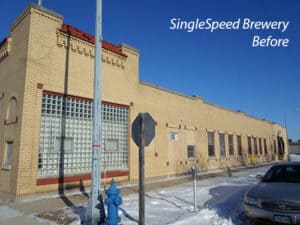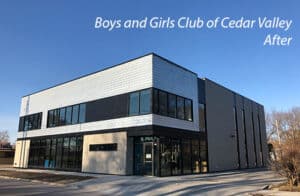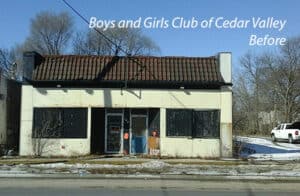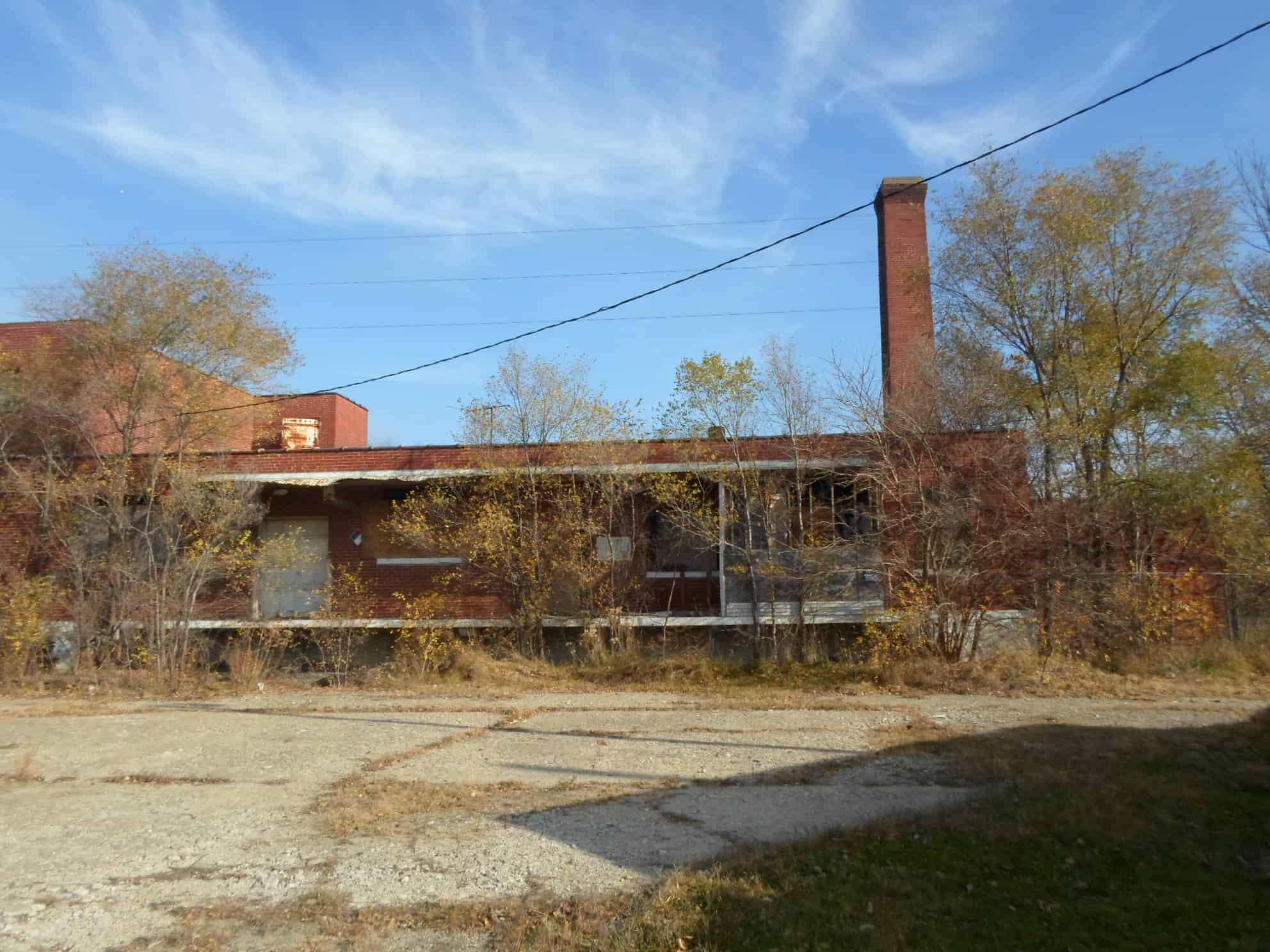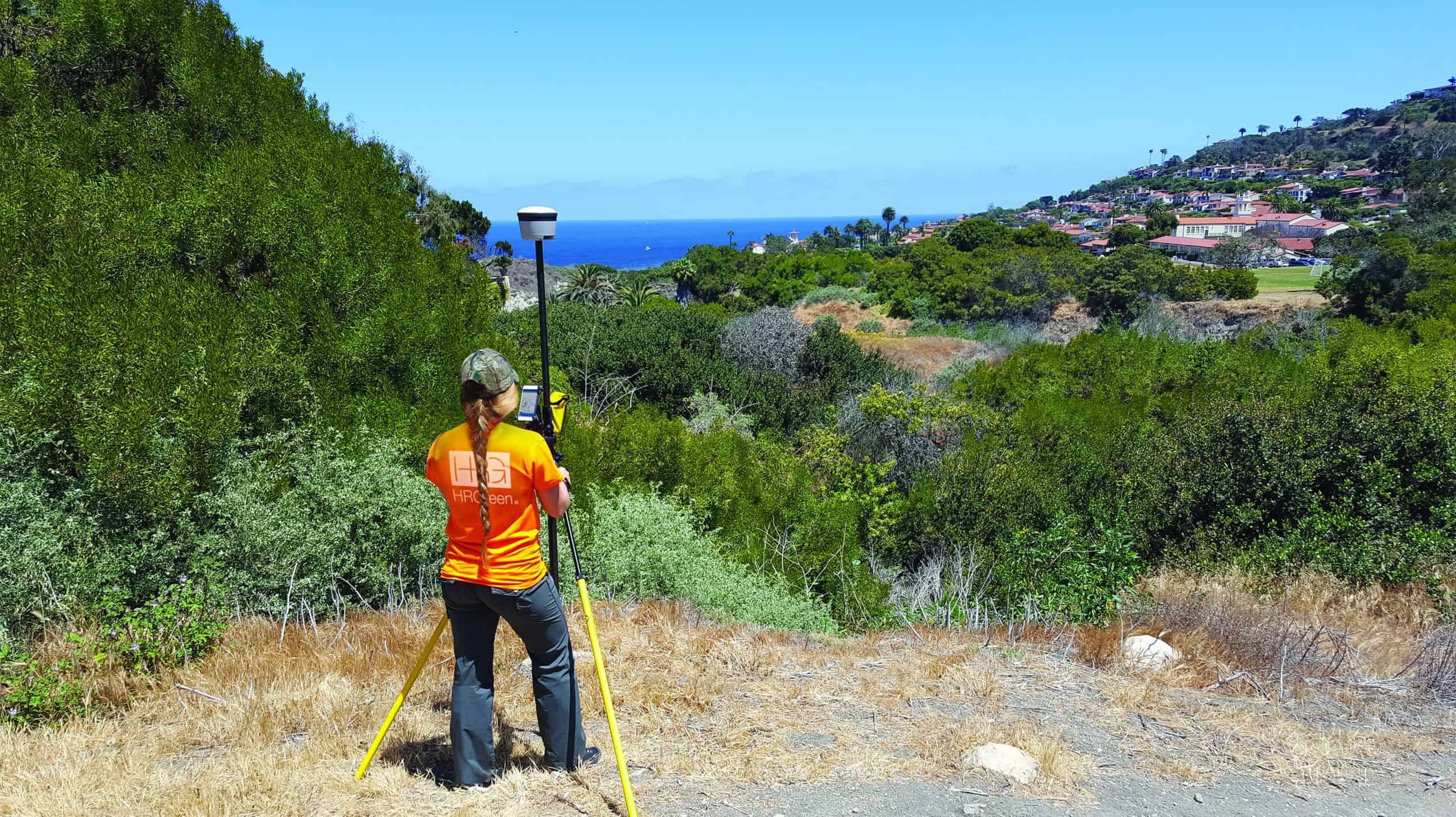
EPA Brownfields Program Application Guidelines
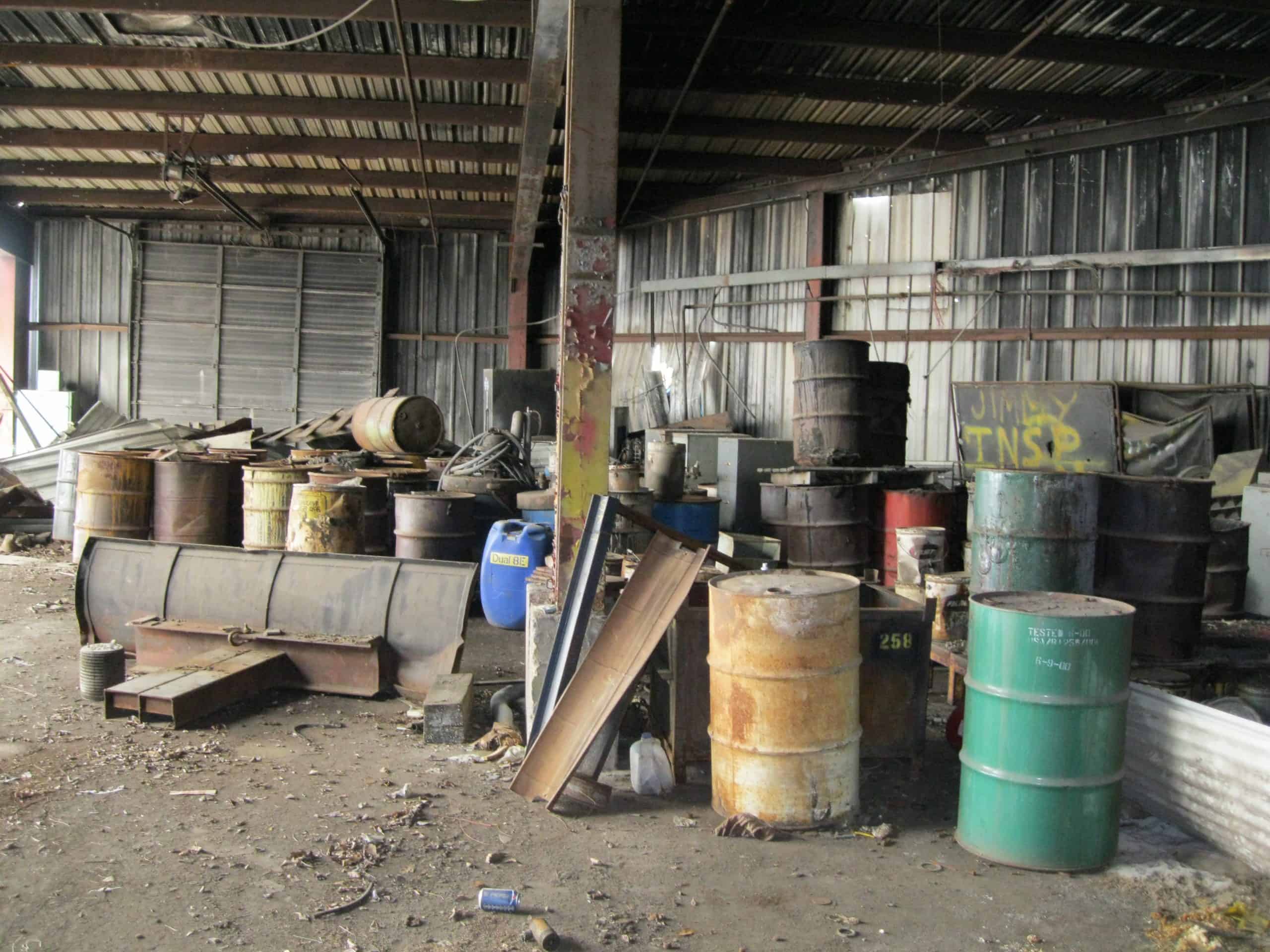
It is a familiar scene in many of our communities: an abandoned manufacturing facility or vacant gas station continues to sit unattended without an end in sight. These potentially contaminated properties are often considered unmanageable for even the most seasoned developers. Now, imagine that same site transformed into a lively public park, rejuvenated commercial area, or flourishing new industrial business. The resulting development quickly stabilizes the surrounding neighborhood. Quality of life is enhanced. New jobs are created. Additional tax revenue is generated.
U.S. Environmental Protection Agency’s (EPA) Brownfields Program helps address these environmentally-challenged properties while nurturing economic development. EPA offers financial assistance to eligible entities of all sizes, including municipalities, counties, regional planning commissions, and non-profit organizations. Writing a competitive proposal to secure these funds can be challenging; however, preparation and planning early can eliminate many frustrations. Now is the time to start!
Exciting changes are coming to the EPA Brownfields Program thanks to the Bipartisan Infrastructure Law. This includes having an unprecedented amount of money to award, higher dollar amounts available, longer grant periods, and eliminating match requirements! View a summary of the differences.
EPA anticipates releasing the FY23 Brownfields Program application guidelines in September. Here is what you can do to start preparing today.
Property Inventory
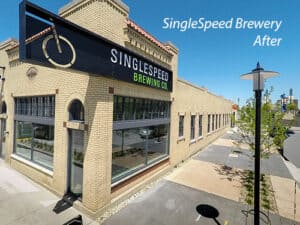
Develop a list of properties that remain underutilized based on perceived contamination issues (e.g., hazardous substances, petroleum, asbestos, lead-based paint, etc.). This forms the basis of the entire grant.
Identify Key Stakeholders
EPA wants to ensure that these grants have grassroots support and that the public is heavily involved in the decision-making process. Partnering groups include neighborhood associations, churches, economic development organizations, and schools.
Devise a Public Outreach Strategy
Grantees need to actively involve and inform the community throughout the grant process. This involves a combination of outreach meetings, printed materials, and electronic communication.
Formulate Potential Redevelopment Options
How does the community envision each targeted site redeveloping? Residential? Commercial? Industrial? Greenspace? This decision is important as you work through various cleanup options.
Our environmental team has helped numerous communities to evaluate possible projects and assist with the development of a successful brownfields program. From grant writing through implementation, we can assist you every step of the way.
HR Green has a long history of positioning clients to receive these highly competitive federal funds. Since 2000, HR Green has written 40 successful grant applications resulting in 60 individual grants that leveraged $14.2 million in assessment, cleanup, revolving loan, and area-wide planning funds and secured more than $50 million in public and private funds directly invested in brownfield sites.
Contact us to help walk you through the process and enhance your chances of receiving funds.
Subscribe to HR Green Insights
We're dedicated to providing up-to-date knowledge and insights about the topics that matter most to you. We know how busy you are, so we will keep this simple, covering just one topic per email. Once you've subscribed, you can easily customize your preferences to receive only the updates relevant to you.
